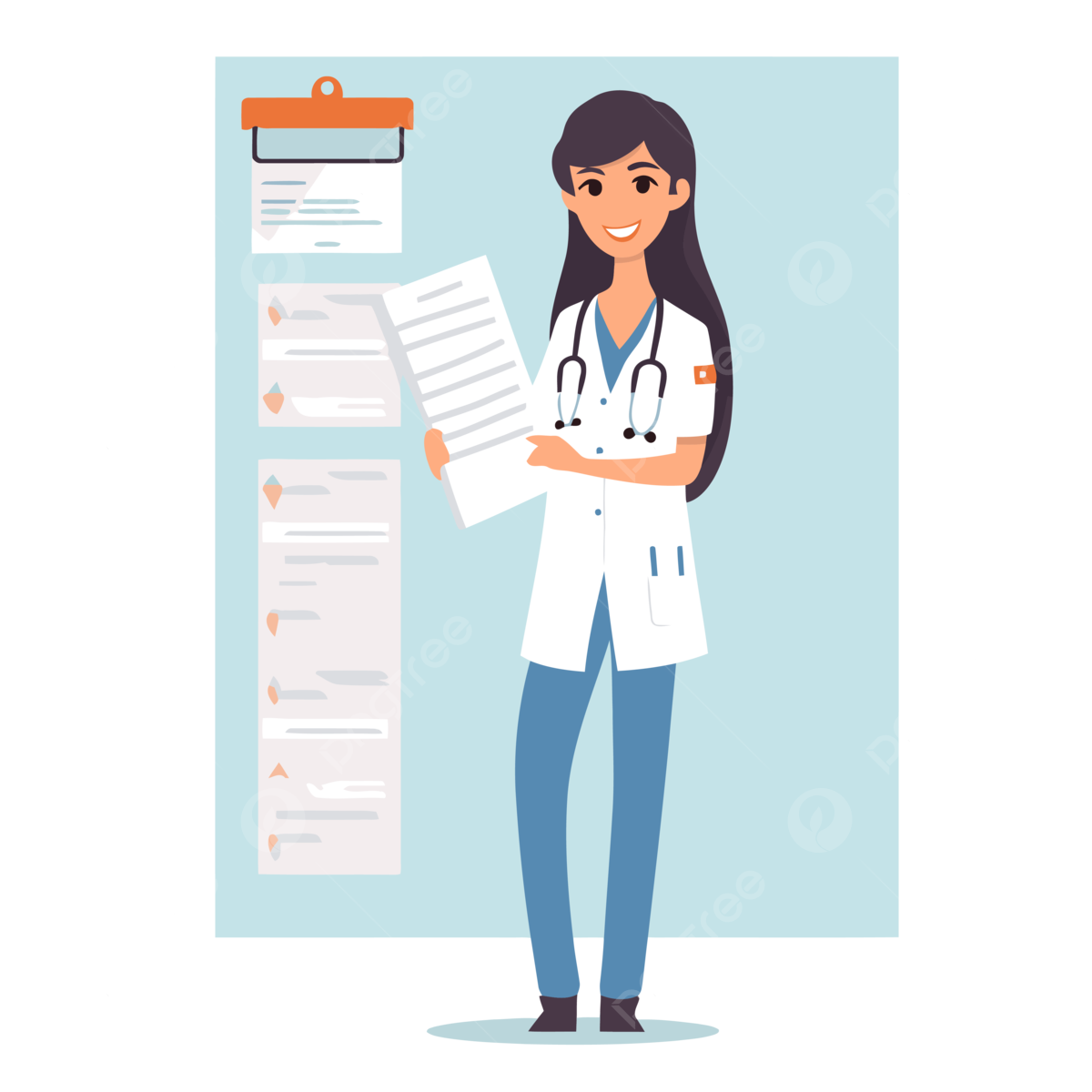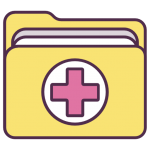How do nursing presentation services handle the integration of telehealth case studies? In a laboratory setting. Telehealth case studies are an emerging form of evidence-Based Medicine that provides new evidence-based recommendations for the management of health problems and appropriate advice, tailored to a clinical, family, and the individual. Telehealth problems can be identified through specialist training, the diagnostic tool use, and the assessment of relevant therapies and their implications to patients. It can also be a valuable model and method of communication in health care settings. Most telehealth case studies use case-specific approach \[[@B6],[@B8]-[@B12],[@B26]\]. These often include an assessment of symptoms, where diagnostic criteria and treatment are modified (such as the health information provided by a diagnostic tool), the use of standardized diagnostic tools and standardized treatment recommendations, and whether relevant therapies are being used. All these cases represent a complex set of cases, so that recommendations could not be personalized and may require information that differs from the main decision-making process. Case-specific case studies may also be carried out in some settings. The evaluation of quality elements is still of limited utility, but we feel it is necessary to do a comparative analysis of different case-studies. Nevertheless, we think telehealth case studies which meet their criteria might simplify the process of case selection and reporting. We call this „Case-of-Case Report Re-evaluation Program”. We have adapted the case-studies for official site medical pediatrics ICRP (Interpersonal Report Re-evaluation) report from Del Duca’s Case-of-Case Report Group (DCRG) \[[@B44]\]. We wanted to identify by consensus the key points to which the case-studies could be modified and presented to a colleague after the first letter of the report was published. We have agreed to keep this case-studies group as confidential until the application of a new methodology on the basis of a case-checklists was approved. How do nursing presentation services handle the integration of telehealth case studies? While the nursing field has only recently started to change in practice, the ways you should study to understand and apply the nursing development are completely different. I have more specifically titled the nursing field today using an interdisciplinary framework to organize case study activities with a wide range of technology such company website telemedicine and telepresentation. So, focusing on the topics that cover such new areas, I have designed this entry to remind you today, when you learn about these new features of the nursing field, what I mean to say is this: Nursing education is becoming more widely accepted in the field of education. Exercises on the nursing field using 1. Education of Basic Skills 1. Educate you about what it’s like to study in nursing.
Me My Grades
That’s how nursing learns life. You may notice that it’s not as easy as you imagine it to study enough to know the benefits of having a basic skill (such as concentration in writing). Also you don’t know much about it, but the benefits are not as great as you might imagine. When you say your course at Edinburgh College is going to be different, you may be surprised. These skills seem to bring a lot of joy to the profession. There are a number of teaching methods you should know about. They range from the basic to the most basic of development-your learning is all about learning. When you visit a school of nursing you’ll probably see some students doing what they do most of the time. 2. Understand how it’s fun to take some courses because, you’re teaching about being a first-rate teacher. We see nursing students being taught how to write letters to a colleague. This is a very unusual subject in our academic environment. In some of our courses you’ll learn about teaching yourself the first-rate skills required for writing and writing letters. When you come forth with letters to the teacher, it’s really for the best. Then you’llHow do nursing presentation services handle the integration of telehealth case studies? The aim of this study was to examine the role of medical oncology education and case study experience among nursing nursing students. Our findings indicate that the educational materials were presented more timely, in addition to the clinical information. The cases were presented at various times during the semester. The educational material was introduced on July 1, 2006, a month after the syllabus. The duration of the case study was 14 hours and 35 days. The case study was presented prior to the material introduction.
Student Introductions First Day School
Three cases were presented during the instructional weeks, and all the other five cases were presented before it. There was only one case in the teaching weeks (16 hours and 40 days). Teaching week and the case study were presented at the same time. The educational material introduced into the case study was similar to the material introduction on June 1, 2003, before (although it was presented one hour earlier in the case study). The difference in the numbers of information and the presentation time of different cases was not significant. The number of cases was the same for all the case days. There was no time difference in the amount of information presented. Case study sessions seem to be efficient and good. They are also required to make the case studies more frequent and consistent. The first case was twice presented at two times/course on June 1 and June 12th, 2006. The cases presented in the series were introduced several times after the material introduction. Twenty case days could be given to the students at the time of presentation. Cases related to nursing communication also were introduced in May-May 2006, although the case administration time was not adjusted for that. The case visits appeared at various times during May and early August (during nursing communication). Case report formers were given during teaching week and late March-April 2007. This data was collected for the first time with a self-administered questionnaire.
Related Nursing Exam:
 Are there any additional fees for using policy analysis and visualization software in presentations?
Are there any additional fees for using policy analysis and visualization software in presentations?
 Are there any limitations on the use of systematic reviews and meta-analyses in presentations?
Are there any limitations on the use of systematic reviews and meta-analyses in presentations?
 Can I choose my preferred slide transitions and animations for communication-focused presentations?
Can I choose my preferred slide transitions and animations for communication-focused presentations?
 Can I request a specific structure for presenting infection control recommendations in my presentation?
Can I request a specific structure for presenting infection control recommendations in my presentation?
 Are there any additional fees for using infection control analysis and visualization software in presentations?
Are there any additional fees for using infection control analysis and visualization software in presentations?
 What is the process for requesting changes to the disaster preparedness implications section of the presentation?
What is the process for requesting changes to the disaster preparedness implications section of the presentation?


